Israel has fought multiple wars against Arab countries and Palestinian groups since the establishment of the Jewish state in 1948. Here is a timeline of the main conflicts.
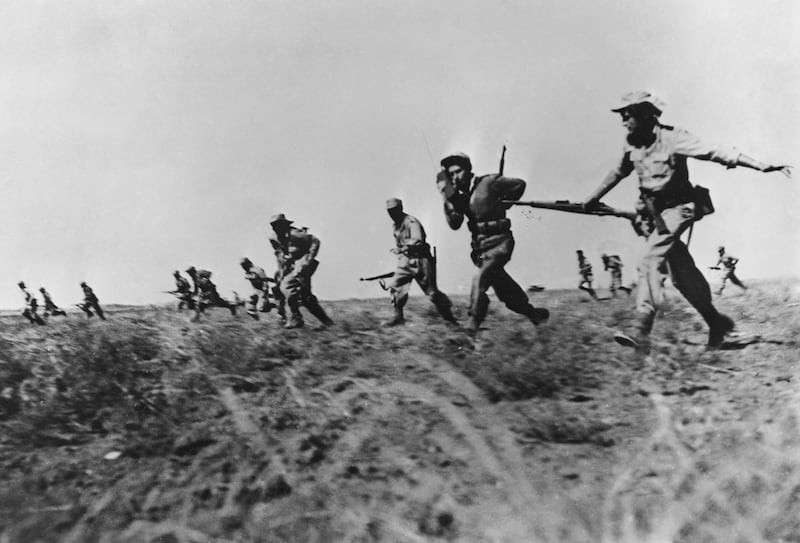
1948: Arab Israeli war
Fighting between Palestinians and Jewish militias led by the Haganah, which later became the Israel Defense Forces, had broken out in 1947 after the UN recommended the partition of what was then British Mandatory Palestine into a Jewish and a Palestine state. Egypt, Syria, Iraq, Lebanon and Transjordan (later Jordan) declared war on Israel on May 15th, 1948, a day after it declared its independence. The war formally ended almost a year later, leaving Israel controlling much of the former British Mandate, Egypt in control of Gaza, Jordan in control of the West Bank, and several hundred thousand Palestinians displaced.
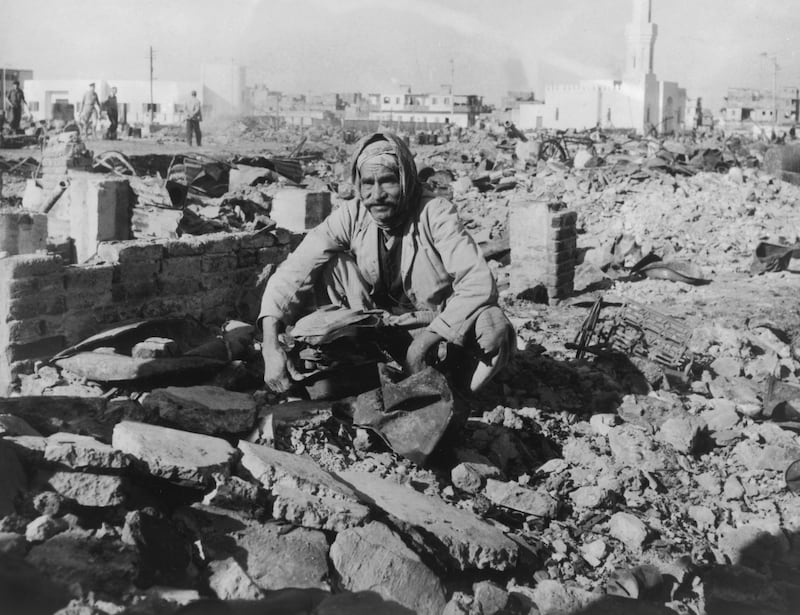
1956: Suez Crisis
Israel invaded the Egyptian Sinai Peninsula on October 29th in concert with France and Britain, which aimed at reversing the nationalisation of the Suez Canal by Egyptian leader Gamal Abdel Nasser. The attack was brought to a halt under US and Soviet pressure.
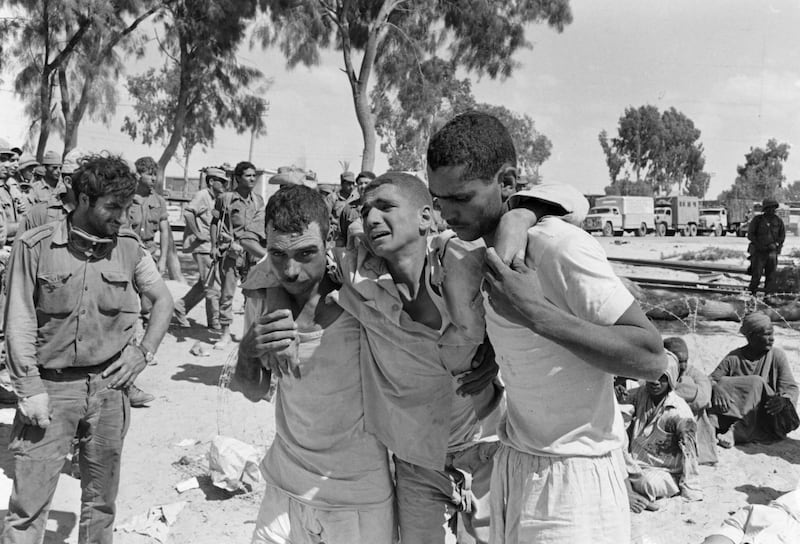
1967: Six Day War
Regional tension had been brewing as Israel confronted assaults by Palestinian militants based in Syria, Lebanon and Jordan. On June 5th, Israel launched pre-emptive attacks on Egypt, Syria and Jordan, after Egypt built up forces in Sinai and closed the Suez Canal to Israeli shipping.
RM Block
Israel won a crushing victory by June 10th, leaving it in control of Sinai, the West Bank, Gaza and the Golan Heights as well as more than one million Palestinians in the newly occupied territories.

1973: Yom Kippur war
On October 6th, Egypt and Syria launched a surprise offensive to regain their lost territories, with the Egyptian military overwhelming Israel’s fortifications on the eastern banks of the Suez Canal. Saudi Arabia led an oil boycott in support of the war effort. Israel retained control of the Sinai peninsula, but the war led to negotiations and the signing of the Camp David peace accords in 1979.
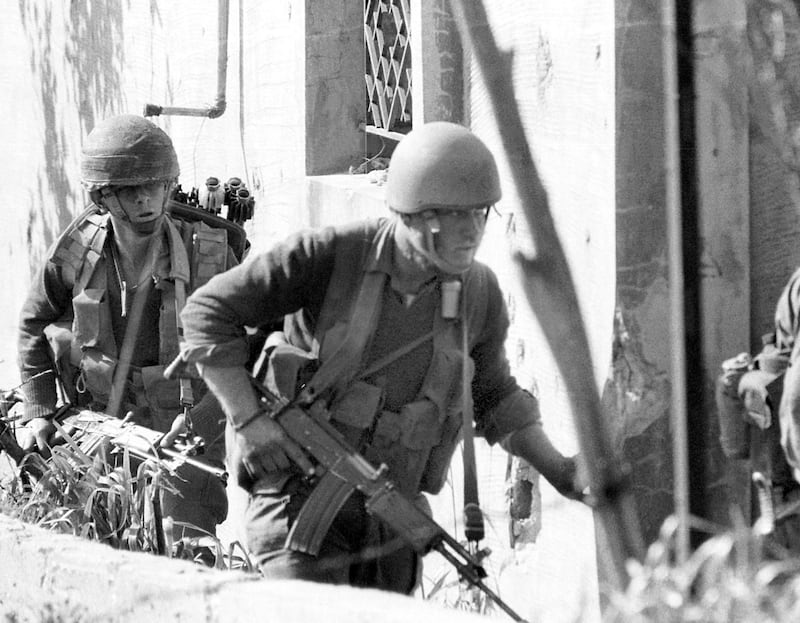
1978: Invasion of Lebanon
Israel invaded southern Lebanon in March after attacks by the Palestine Liberation Organisation, which had relocated to Lebanon from Jordan after taking part in a civil war there. Israel withdrew in a week after forcing the PLO away from the border.

1982: Invasion of Lebanon
Israel invaded Lebanon again after cross border clashes with the PLO. The invasion led to the siege of Beirut and the exile of the PLO’s leadership to Tunisia. Israel occupied southern Lebanon for almost two decades.
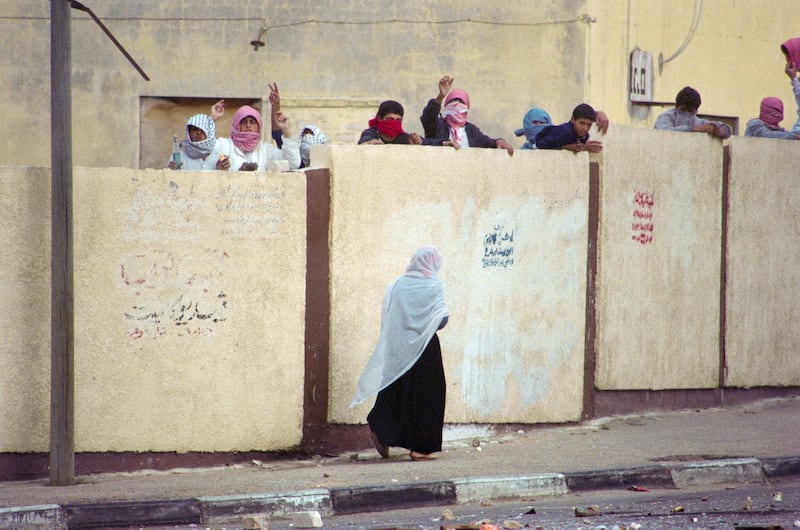
1987: Palestinian intifada
In what was described as Israel’s biggest intelligence failure since the 1973 war, protests broke out across the West Bank and Gaza that developed into a sustained uprising lasting several years. The intifada prompted US and Norwegian mediation that led to the 1993 Oslo Accords between Israel and the PLO.
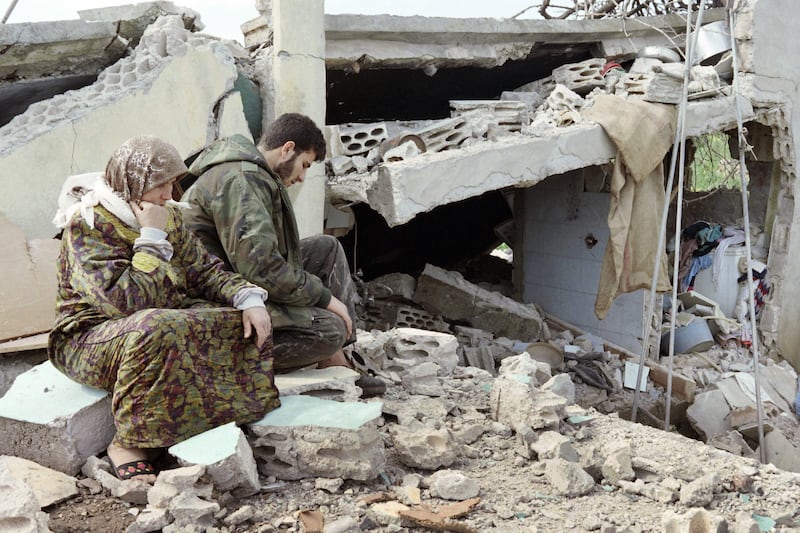
1996: Lebanon war
On April 11th, Israel launched a big offensive against the militant Lebanese Hizbullah group, which had embarked on a sustained guerrilla campaign against Israeli occupation of southern Lebanon. The three-week offensive, dubbed Operation Grapes of Wrath, ended inconclusively. Israel withdrew from Lebanon four years later.
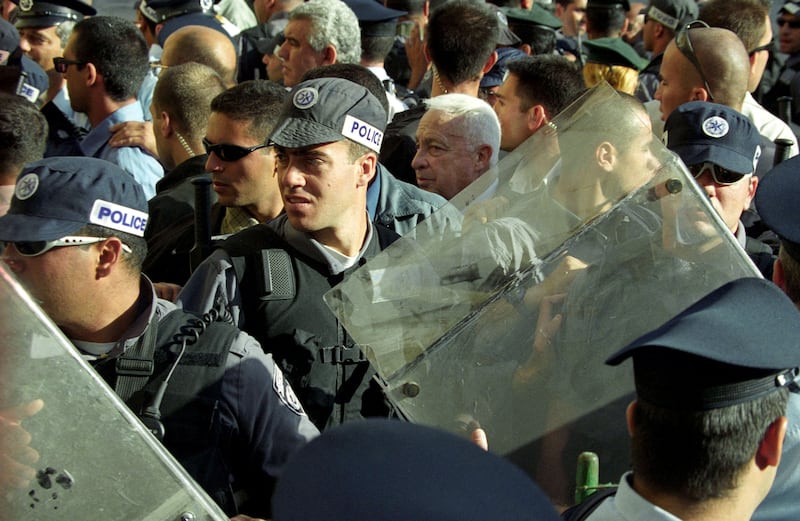
2000: The second intifada
On September 28th, hardliner and future prime minister Ariel Sharon visited the Temple Mount, which is also the site of the al-Aqsa Mosque, sparking Palestinian protests that quickly turned into a second uprising. Palestinian militant groups carried out a sustained campaign of suicide bombings while the Israeli military responded with a crackdown.

2005: Gaza withdrawal and Palestinian civil war
Israel withdrew from Gaza in 2005. Hamas won elections a year later that sparked a civil war in Gaza between the Islamists and the losing Fatah party that ended in 2007 with Hamas taking over the coastal strip. Israel and Egypt imposed border restrictions in response that Israel intensified when Hamas kidnapped an Israeli soldier.
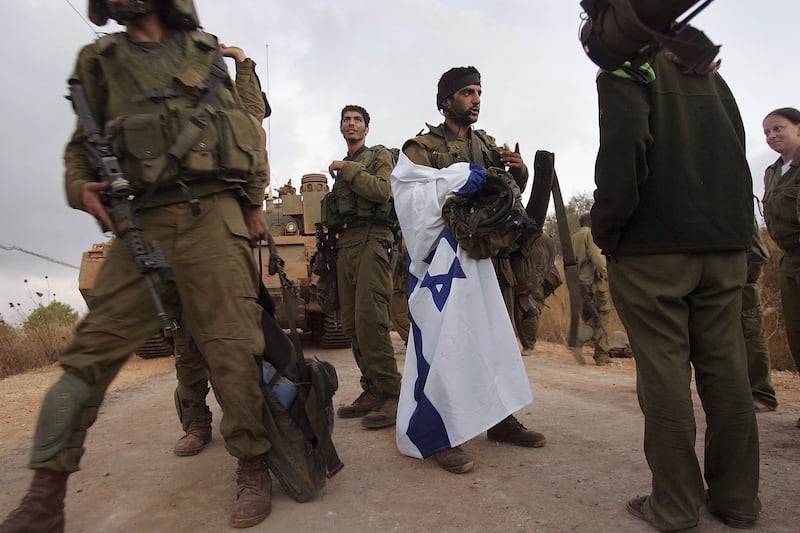
2006: Lebanon war
Israel launched an offensive against Hizbullah in Lebanon after the militants kidnapped two Israeli soldiers in a cross-border raid. The 34-day-conflict killed hundreds of Lebanese and dozens of Israelis, and was the first to feature sustained rocket fire on Israel, a tactic Hamas would later replicate.
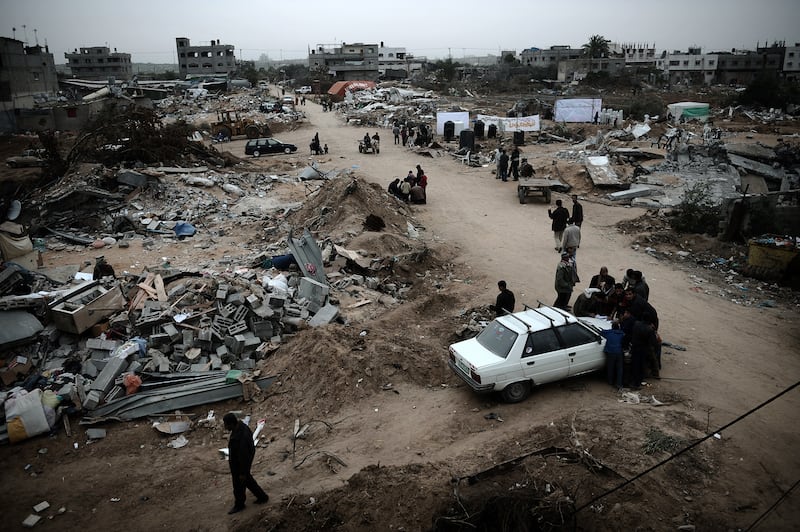
2008: Gaza war
Tension between Hamas and Israel built up with sporadic rocket fire that finally led to an Israeli air and ground assault on Gaza dubbed Operation Cast Lead. Hamas fired hundreds of rockets into Israel. The three-week war killed more than 1,000 Palestinians and 13 Israelis.
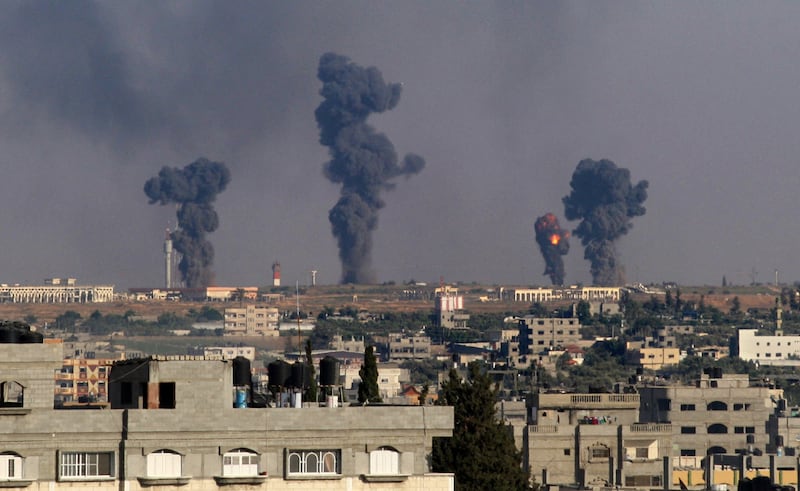
2014: Israel-Gaza war
Simmering tension again broke out into war in July, with Israel launching an air and ground offensive against Hamas in Gaza after the group fired dozens of rockets into Israel. The war, which lasted a month and a half, killed dozens of Israelis and more than 2,000 Palestinians.

2021: Conflict
An 11-day conflict erupted after Hamas fired rockets at cities and towns across Israel following weeks of tension in and around Jerusalem. The scale and the scope of the barrage caught Israel by surprise and it responded by pounding Gaza with air strikes and artillery. Hamas fired more than 3,700 rockets into Israel.
The Jewish state was also rocked by communal violence between minority Arab Israelis and Jews and widespread unrest in the occupied West Bank.
The conflict ended when Egypt negotiated a ceasefire, along with the US and Qatar. - Financial Times















